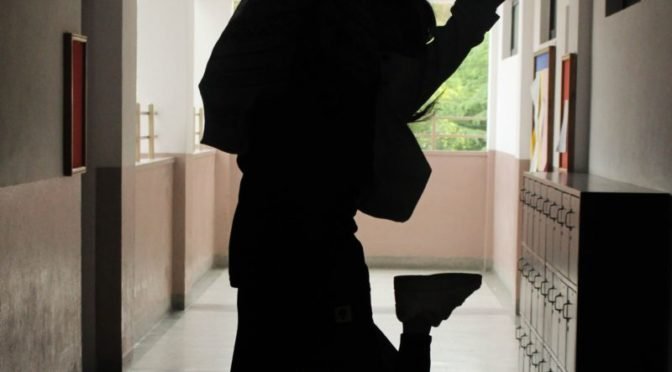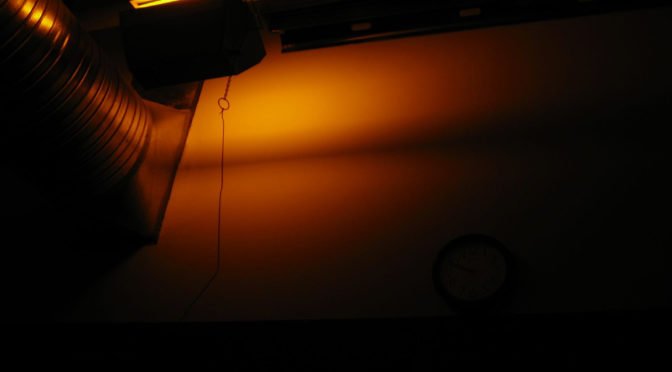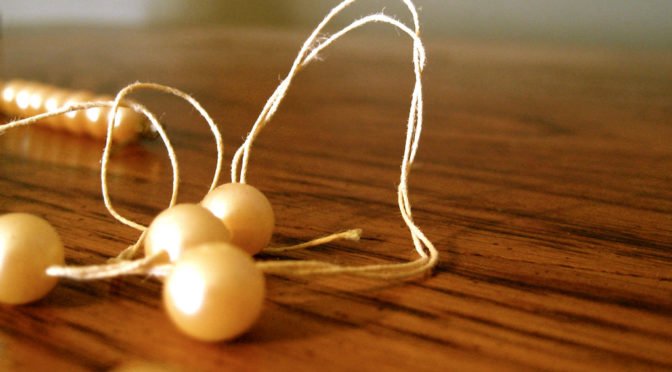
My father was an atheist; my mother, an agnostic. My parents preached conscience and character to their two daughters instead of dogma. I grew up in Greensboro, N.C., a city with seven colleges. Outside of academic circles, however, society was rigidly constrained by the Bible Belt. Pictures of a blue-eyed, blond-haired Jesus were omnipresent. The judgmental Yahweh of the Old Testament thundered from a lot of Christian church pulpits on Sunday mornings. All my school friends went to Sunday School and church. As far as I could tell, the primary goal of their religious experience … Continue reading On Being Threatened with Hellfire in the Second Grade by Martha Woodroof →

During a late afternoon P.E. class in fourth grade, my mother came looking for me on the playground in her leather boots that zipped to the knee. In those days she wore her brown hair in a short permanent wave that looked like a little cap of curls from far away. I remember seeing her standing on the foursquare courts between our shrill games and the parking lot. She claims she called my name and I ignored her. I don’t remember the events of the afternoon this way; however, my family had encountered a lot … Continue reading Postcard From the Darkroom by Valerie Kinsey →

If I could erase anything from my distant past (not the recent one), it would be that first half of fifth grade from September to December of 1960. The country was on the edge of its Camelot years with JFK and Jackie, perfectly coiffed, on his arm. I was on the edge of my first meltdown: pre-adolescent, pre-pubescent, pre-everything. Stuck in fifth grade, I viewed the universe from a basement classroom in the bowels of St. Wenceslas Elementary School in a boring suburb of Cleveland. Most of the teachers were nuns, relegated to black and … Continue reading Only Skin Deep by Linda Nemec Foster →
Streetlight Magazine is the non-profit home for unpublished fiction, poetry, essays, and art that inspires. Submit your work today!



